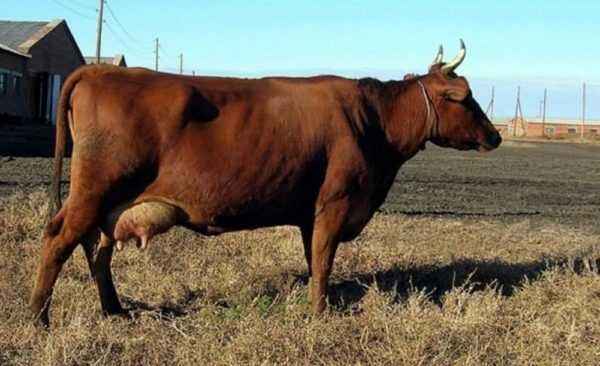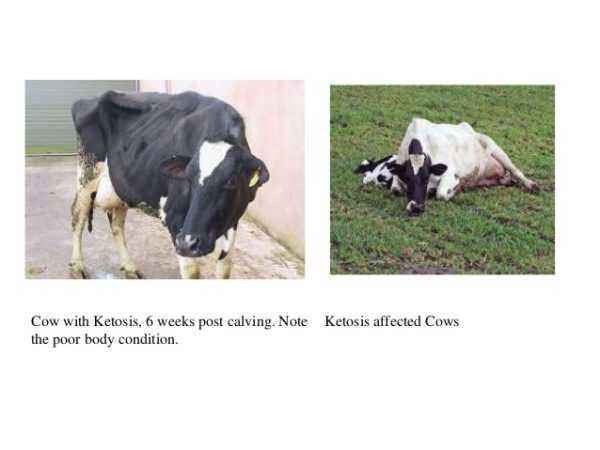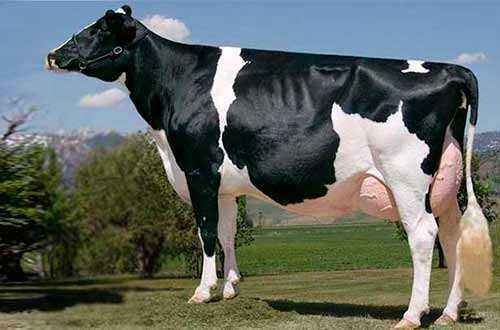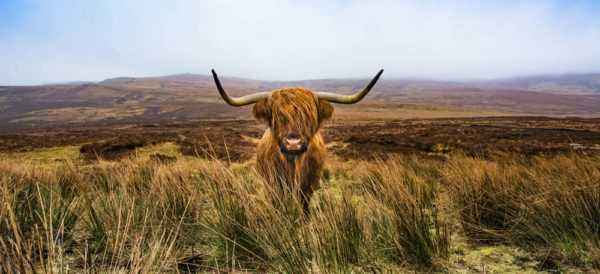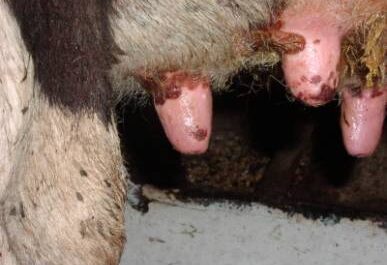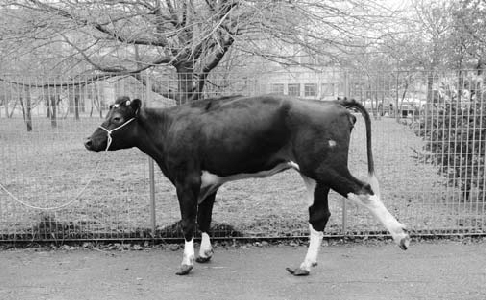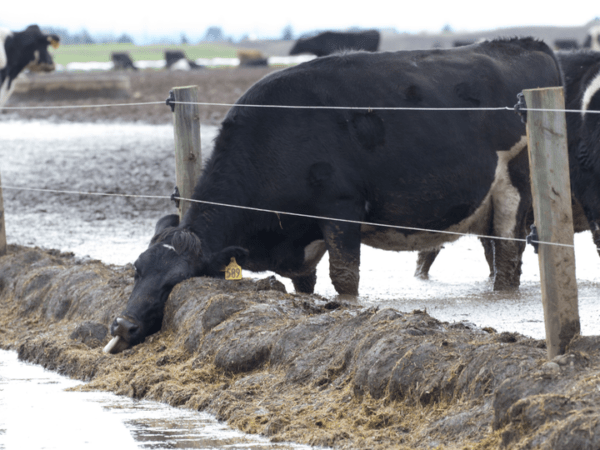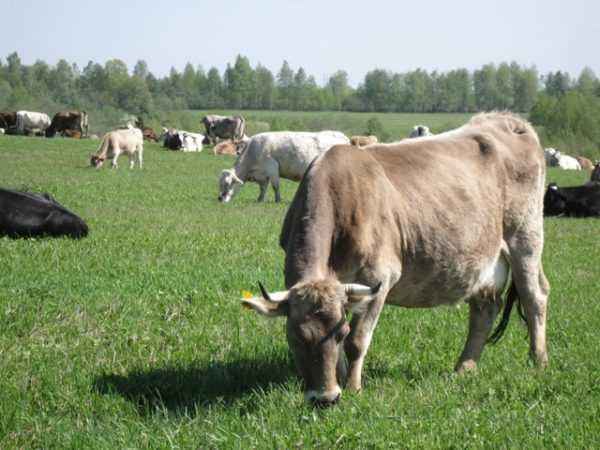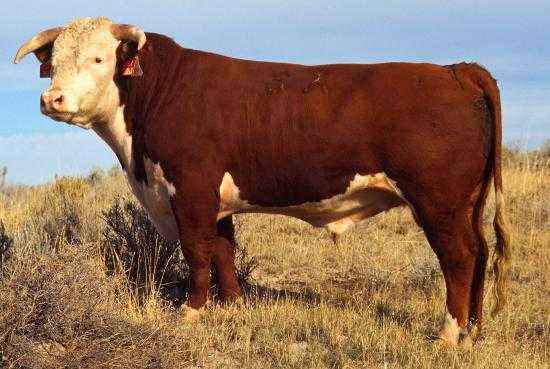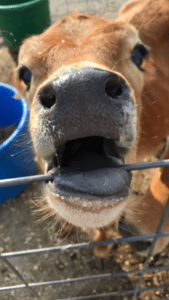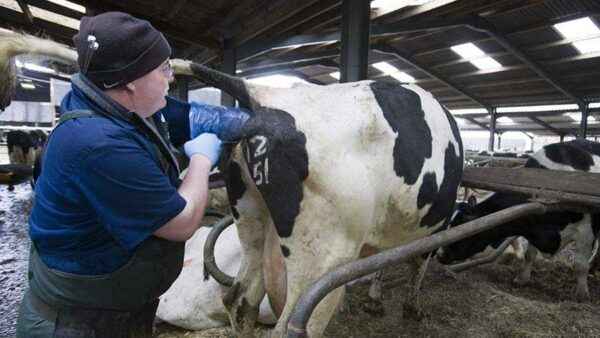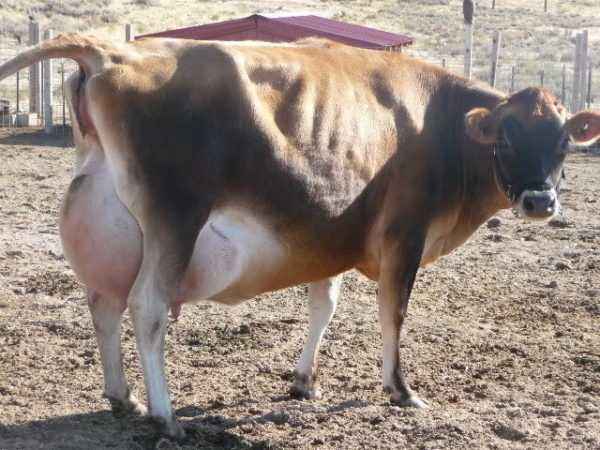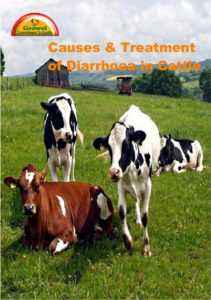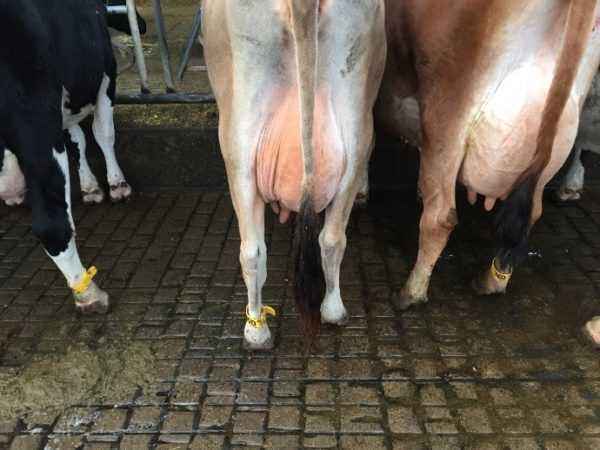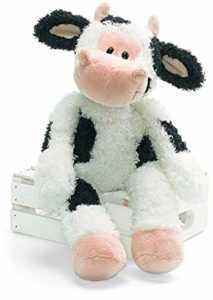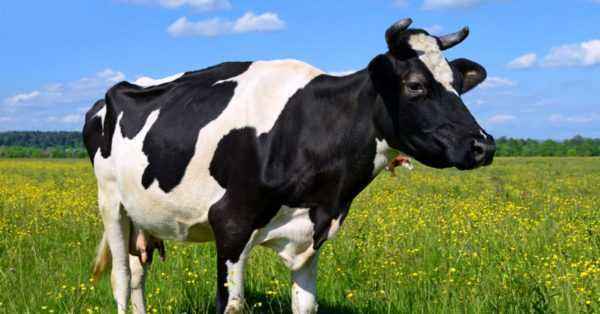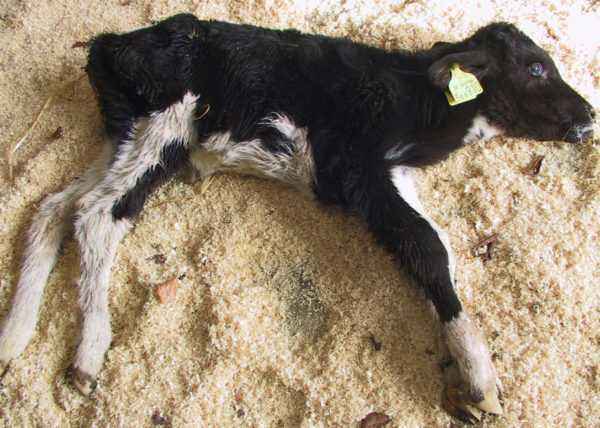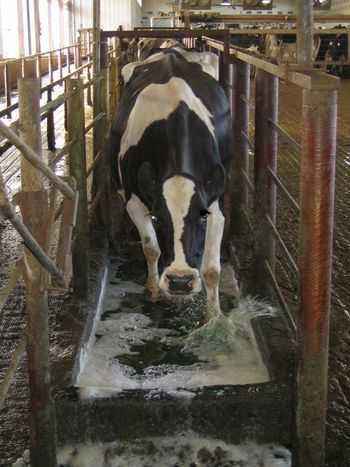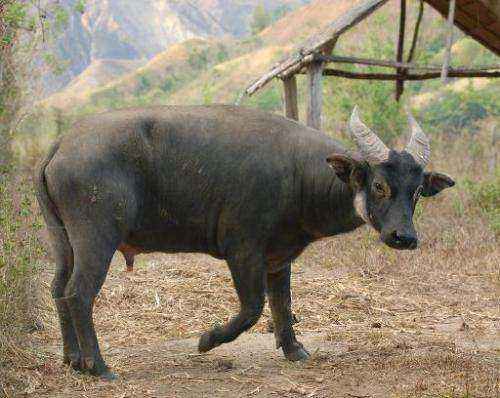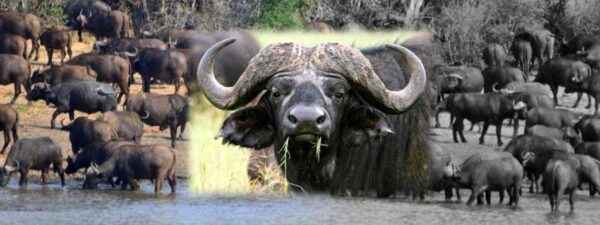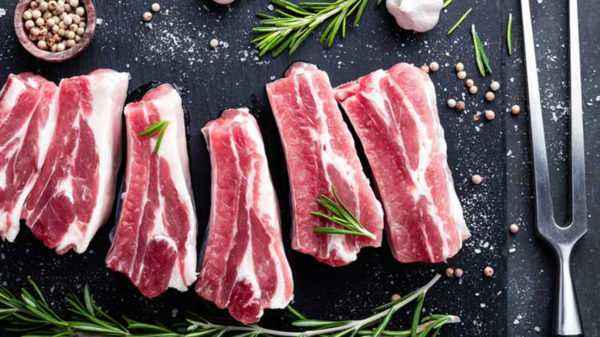Diseases of calves can be a real headache for a farmer, especially a beginner. If you decide to breed this type of cattle, you should be informed about the animal’s health problems, because only a healthy individual can generate income from milk, meat or the sale of offspring. If you provide pets with proper care, balanced nutrition and veterinary services, it is likely to avoid problems with livestock health.Let’s move on to what calf diseases and their symptoms are most common.
- Types of Infectious Diseases
- Infection with colibacillus
- Infection with diplococcus
- Salmonella
- Cryptosporidiosis
- Dysentery
- Non-infectious diseases of calves
- White muscle disease
- Rickets in calves
- Non-infectious disease
- Pneumonia in calves
- Parasitic group of diseases
- Gadfly
- Cows ry scabies
- As a conclusion
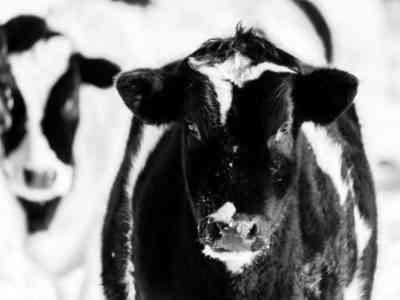
Diseases of calves
Types of infectious diseases
This group of diseases causes maximum damage to livestock, often leading to its death. The owner must at least learn to recognize the first signs of the disease in order to start treatment on time. Otherwise, it is likely that the cattle will die, and the calf’s disease will spread among other domestic animals.
It is worth saying that it is only necessary to describe the disease in a comprehensive manner, that is, telling everything in order: symptoms, illness and treatment of the calves, and also preventive measures.What infectious diseases of calves are more common than others? These are:
- Diplococci;
- Colibacteriosis;
- Kriprosporidioz;
- Salmonella;
- Enteritis;
- Dezentery.
These ailments can be safely called the most dangerous, since the symptoms develop quite quickly, and the infection spreads in many ways. It is necessary to ensure such conditions of keeping cattle in which the risk of an ailment will be minimal. The following can be attributed to the complex of measures:
- hygiene of the barn and the surrounding area;
- high-quality fresh food and water.
Sales if the animal does get sick, under normal conditions the process of recovery will be much faster and easier. You can also protect other animals from infection, thereby facilitating the treatment for yourself and the veterinarian.
We describe each of the listed diseases of the calves in more detail.
Infection colibacterium
This disease is called colibacteriosis, young animals suffer most often, therefore newborn calves are at risk. The disease in calves is caused by Escherichia coli, which enters the food or water of livestock.
Symptoms of colibacillosis:
- Increased temperature.
- Significant increase in the mucous membrane.
- Diarrhea: the stool is frequent, frothy, green or yellow.
- The calves are lethargic, weak.
- Appetite worsens or is completely absent.
- The folds noticeably swell around the mouth and lips.
If one or more of these symptoms become noticeable You should immediately seek help from a veterinarian. If colibacteriosis is left untreated, it is highly likely that the animal will die from intoxication or dehydration.
How is colibacteriosis transmitted? As mentioned earlier, the transmission routes are most often foodborne, that is, through food or water. However, the possibility of the spread of bacteria from an infected animal to a healthy one is not ruled out. It is also worth considering that not only calves, but also young piglets, goats and other representatives of domestic animals suffer from colibacillosis.
An error in feeding can provoke the development of colibacillosis, especially at the moment when the calves are breast-fed. For example, if the cow had a dirty udder or had an inflammatory process, the risk of infection increases markedly. If you closely monitor the cleanliness of the barn, food and water change according to the schedule, you can significantly reduce the risk of this disease and maintain the health of the calves.
Infection with diplococcus
Diplococcal infection is a disease that cannot be told about, speaking about diseases of calves. As in the previous case, the disease most often affects young growth: calves from birth to six months of age.The danger is that the animal literally melts before our eyes. From the moment the first sign of the disease appears to death, only a few days can pass.
How to recognize the development of a diplococcal infection? The calf becomes lethargic, weakness manifests itself, as intoxication increases. Traditionally, with infectious diseases of calves, the temperature rises and the classic symptoms of poisoning appear, which makes it impossible to immediately make the right diagnosis and choose the right treatment at the very beginning. After this, the condition of the cow worsens, inflammation in the joints is added, then the pathogen makes its way into the respiratory system. You usually serve as the cause of death, either pulmonary edema or massive bleeding in some vital organ. The pitfall of this disease is that the pathogen changes the composition of the blood, thus blood coagulation is significantly reduced. In the terminal stage, the animal can die from any injury, including a shallow scratch, as blood loses the ability to clot.
How is diplococcus transmitted? Despite the fact that the scale of the lesion is astounding, because almost the entire body suffers, the transmission routes can be only two options:
- through the gastrointestinal tract (through food or drink);
- airborne.
To minimize the risk of cattle falling from this insidious disease, it is worth paying sufficient attention to hygiene and preventive veterinary examinations.Calves should receive only fresh and high-quality feed.
If you still couldn’t save the calf, you don’t need to self-medicate, this is too risky in this situation. It is recommended that you contact your veterinarian immediately after at least one of the above symptoms appears. The doctor will be able to identify the pathogen and prescribe adequate treatment if it is relevant at this stage of the disease. The farmer’s task at this stage is to isolate the calf from the rest of the animals and thoroughly disinfect the room.
Salmonella
Salmonella infection is called salmonella or calf paratyphoid. Young individuals that feed on mother’s milk are most susceptible to infection. We will find out what symptoms this disease may have:
- a sharp jump in temperature;
- respiratory failure: shortness of breath appears, the cow breathes shallowly, sleeps and wheezes;
- the classic picture, as in food poisoning: diarrhea and vomiting, sometimes with blood impurities;
- gait is disturbed, as the inflammatory process goes to the joints and bone tissue.
The danger lies in the fact that it is difficult for a person to distinguish the onset of salmonellosis from usual poisoning, for this reason treatment often begins already when it is not ysla.
Pathogen salmonellosis calf enters the body through the esophagus typically poor with contaminated food or water. Options for the development of the disease can be different.It happens that a calf dies in a week, but there are situations when the disease acquires a chronic course. It depends on the state of the animal’s immune system, what is its weight and nutrition, what are the conditions of detention, and so on. The chronic form of the disease is considered the most insidious, because throughout life, the cow is a carrier of Salmonella, infecting other domestic animals and humans, including.
The chronic form occurs in those animals that have recently suffered from salmonellosis, however, treatment did not have the desired effect, but only dulled the symptoms. Thus, the conclusion suggests itself that treatment should be carried out only by a specialist – an experienced veterinarian, in order to bring it to its logical conclusion and completely kill Salmonella. The same applies to diagnostics; it will not be possible to independently detect the presence of salmonella in the blood or feces of a cow.
The peak incidence occurs during the period of mass calving of cows, it is at this time that maximum time is spent on hygiene and cleaning in cowsheds. Unfortunately, there are no vaccinations and other preventive measures.
Cryptosporidiosis
Another serious disease for calves is cryptosporidiosis. The disease causes a parasite – the simplest unicellular creature – cryptosporidia. As with salmonellosis, the diagnosis of cryptosporidiosis is difficult.Traditionally, like many infectious diseases at the very beginning of their development, cryptosporidiosis can be confused with poisoning.
When treating this disease, you should worry about security, since cryptosporidiosis can affect a person. Even in spite of the fact that for a person he is not a mortal danger, his treatment is quite troublesome and costly. As for animals, then, depending on age, the course of the disease can be different. So, the younger the cattle, the more difficult cryptosporidiosis is.
Symptoms:
- High temperature, often above 40 ° C. And do not rejoice if the temperature decreases, this is not a sign of recovery, but the imminent death of the animal.
- General weakness of the calf.
- No appetite.
- Diarrhea with blood, later the stool becomes completely watery, which only exacerbates the dehydration process.
- The respiratory system is affected almost immediately.
- Convulsions are allowed.
Cryptosporidia can enter the calf by airborne droplets or by eating contaminated food. Infection can occur from cow to cow, as well as from other domestic animals. In order to minimize the risk of mass infection, it is worthwhile to carry out disinfestation in cowsheds and places of walking calves and other domestic animals. If a diseased individual is found, it is necessary to isolate the animal immediately and ensure full quarantine.Naturally, treatment should be carried out only under the supervision of a veterinarian.
Dysentery disease
If the farm has become a victim of this dangerous infectious disease, it is guaranteed to incur significant financial losses. There are several varieties of the disease, its anaerobic form is considered the most dangerous, even suckling newborn calves suffer from it. Moreover, the peak of the disease ends already in 1-2 months of life. If a newborn calf is infected with dysentery, then in 95% of cases it is not possible to save the animal, death is inevitable.
It is a well-known fact that a person also suffers from dysentery. For this reason, it is worthwhile to carry out treatment and care, observing the maximum precautions, that is, use personal protective equipment, because even in humans, dysentery is quite difficult and difficult to treat, leading to death in some cases.
How recognize the presence of dysentery:
- frequent liquid diarrhea;
- impaired appetite;
- there are blood clots in the stool, indicating a violation of coagulation;
- ulcers and even areas of necrosis on the mucous membrane are found at autopsy ludochno tract.
The presence of such internal wounds aggravates the disease and makes it virtually impossible resolution.
Since it is almost impossible to fight dysentery, scientists have developed a serum (vaccine) that gives artificial immunity from this terrible disease. It is also important to comply with the hygiene requirements of the barn to prevent the bacteria from multiplying. The diseased animal must be urgently isolated and, if the treatment does not have the desired effect, slaughtered and disposed of. Moreover, it is important to burn the body completely, since neither skin nor meat is suitable for use.
Non-infectious diseases of calves
It is worth saying that calves are not only infectious, but there are infectious ailments, but also non-infectious. The fact that the disease is not transmitted to another cattle, often misleads the owner, as he can underestimate the seriousness of the situation. As for the signs and characteristic symptoms, they often overlap with the infectious, which complicates the diagnosis. To make an accurate diagnosis, it is better to use the services of a veterinarian.
Which non-communicable diseases of the calf are considered the most dangerous for calves:
- pneumonia and bronchitis (refer to respiratory diseases of calves);
- white muscle disease;
- rickets;
- tympanum;
- enteritis;
- nooar ailment.
Despite the fact that all these are non-infectious ailments, in some cases they can be no less dangerous and lead to cattle dropping, albeit not so massive. We learn about each of the problems in more detail.
White muscle disease
The reason for the development of this ailment is usually improper livestock conditions: unbalanced nutrition or unsanitary conditions. Often, white muscle disease affects young animals, especially those calves that are breast-fed. White muscle disease is also called muscular dystrophy, since it affects the muscles, exhausting them to the limit. If the disease occurs in the winter, then more than half of the brood can die, even despite the fact that this disease is not considered contagious. Here, the mass of sick cattle is explained by the fact that the conditions are the same for everyone.
How to recognize the onset of the disease? The first symptoms usually appear in the first months of the calf’s life, that is, this is one of the diseases of newborn calves up to 3 months of life. Outwardly, a change in gait, a decrease in physical activity, and even rare cramps are noticeable. Sometimes in more advanced cases, white muscle disease can lead to paralysis, complete or partial. If you carefully examine the diseased calf, you will notice that its skin and mucous membranes have become noticeably paler. Also, muscular dystrophy negatively affects the respiratory and cardiac systems, shortness of breath appears and the heartbeat is disturbed. It is worth saying that these changes are irreversible, that is, they do not return to normal even after treatment.
- The calf is not gaining well in weight and height.
- Frequent injury to the limbs due to the bones becoming more fragile.
- The spine is often bent, which can be seen in the photo or video describing rickets in cattle.
- In complicated variants of the course of rickets, the respiratory system may be affected.
Noiseless disease
Like all the previous diseases described, a noisy disease affects young animals, that is, those calves that are fed milk or have recently gone away from their mother’s udder. The disease is considered so dangerous that it can affect entire herds, often leading to death.The peak incidence occurs in the winter months, although outbreaks can occur at any time of the year. What causes the disease? Most often, the reason is the lack of milk in nursing heifers or an incorrectly composed menu: the predominance of rough food in the calves menu. The situation in which the calves walk little will affect the course of the disease. What is a nooar disease? This is primarily a violation in the digestive system. During this ailment, undigested clots from particles of food and wool are formed in the gastrointestinal tract. These lumps interfere with the normal digestion of food.One can suspect the development of this ailment when cows and bulls begin to eat soil or any other inedible ingredients more often than usual. This suggests that similar bezoars formed in the body. Outwardly, one can notice that the calf began to gain weight poorly, his coat became dull, and his stomach swelled. In addition to the fact that non-donor formations negatively affect the general well-being of the animal, they also inhibit the immune system, which makes cattle more prone to various infectious and non-infectious diseases.In order to prevent the development of no-oar disease, you need to pay proper hygiene of the barn, and feed the calves properly. Moreover, feeding should be balanced in all categories of cattle: in cows, bulls and young animals.The menu must include light feeds, for the processing of which you do not need to spend a lot of time. If the animal does not cope with food, it is worth helping him by adding special preparations to the diet that improve the functioning of the gastrointestinal tract and dissolve such clots. If such therapy does not help, it is worthwhile to seek help from a specialist as soon as possible, who will decide what is the best way to remove bezoars. It is worth saying that in most cases it is necessary to use surgical methods.
Pneumonia in calves
Pneumonia in calves has many common features with the human course of the disease, it belongs to the group of respiratory diseases . Just as in the case of a person, in especially advanced cases it can cause death. Pneumonia so depresses the effect of the immune system that the animal can get sick with something else amid a severe course of the disease. It is such complicated course of the disease that causes the death of livestock, especially young individuals. Quite often, pneumonia develops against the background of existing diseases, such as white muscle or rickets, so the peak incidence occurs in the winter season. This is also facilitated by a change in temperature conditions on the street, humidity indicators. The development of pneumonia can be suspected by the presence of such signs:- The temperature rises to around 40 ° C and above.
- Whitish or green discharge stands out from the nose.
- Breathing becomes rough, wheezing, shortness of breath appears.
- In some cases, digestive tract disorders, such as diarrhea or constipation, are added to the main symptoms.
- The animal looks tired exhausted.
- Appetite worsens or disappears.
- The heart also suffers, arrhythmia or heart failure develops.
- All body systems are depleted and come to neg dnost.
- There comes a pulmonary insufficiency, the animal suffocates.
- Re-infection infection. A new pathogen is connected to the pathogen that already infects the calf’s body, and the immune system is no longer able to resist.
Only a veterinarian can treat pneumonia, because only a specialist can choose the right method the fight against the disease, which usually consists of several antibiotics at once. Self-medication is likely to destroy the animal, so you should not try your hand.

